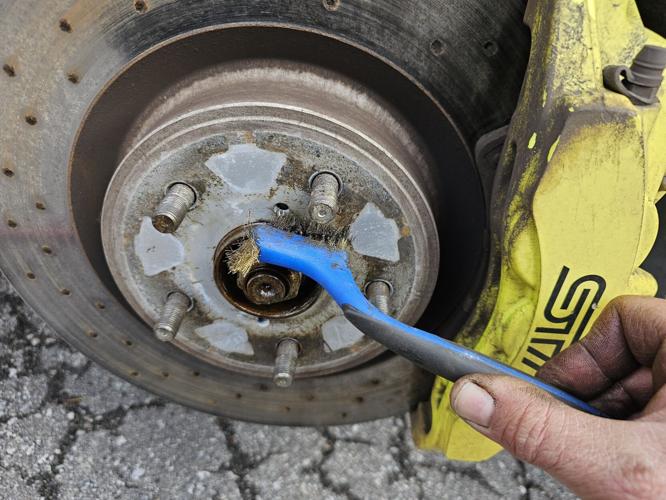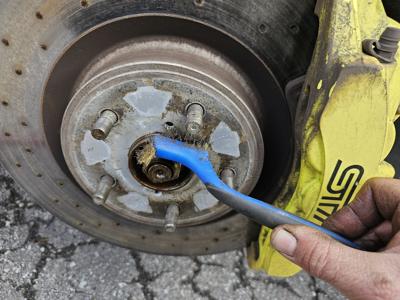AprilŌĆÖs scattered hail squalls might suggest otherwise, but now is the time for your seasonal tire change. Where I work, weŌĆÖre already several weeks deep into swapping over tires for those drivers who use two sets, which is roughly three-quarters of our regular clientele.
This twice-annual changeover makes for an exceptionally busy time for most in southern OntarioŌĆÖs auto service industry, and at my workplace weŌĆÖre currently booking new appointments for two and a half weeks from now.
In theory, if your summer tires are mounted on wheels, this task is well within the reach of a do-it-yourself-er. After all, itŌĆÖs no more complicated than changing a flat tire, times four. Indeed, in 2015, I did a step-by-step piece on the procedure, and IŌĆÖve talked about it many times in Wheels.
But I’ve changed my mind on this; while the average car owner likely can change over their tires, they probably shouldnŌĆÖt. They really should rely on a trained technician.
There are the direct and immediate safety concerns of having a level, solid surface upon which to work, a proper jack and stands to lift the vehicle, and some form of wheel chock or block to prevent rolling. The jack supplied with the vehicle is for emergency use and shouldnŌĆÖt be relied on as a service tool. Are the lift points too corroded to trust?
While the vehicle is off the ground, checks of the suspension can be performed, and with the wheels removed, the brakes are exposed and can be inspected. Some might view this, with a skeptical eye, as an opportunity to upsell unneeded work, but in reality, even on a reasonably well cared for vehicle, things do wear or fail. Sometimes catching it early can prevent more expensive repairs later.
Both sets of tires can be scrutinized for age, condition and inflation. ItŌĆÖs normal for stored tires to lose some air over their six month down time, however an abnormally low tire (or tires) indicate(s) that further attention is needed. Worn, damaged, or aged-out tires (six to 10 years, maximum) should be replaced; this is the time of year many tire companies offer rebates on sets of four.
Ideally, the seasonal set of tires is marked as to where it came from so that they can be properly rotated when installed. The carŌĆÖs hubs and the wheelsŌĆÖ mounting surfaces should be cleaned of dirt and corrosion, and the correct fasteners used to secure them at the manufacturerŌĆÖs recommended torque. (For the DIY crowd: ŌĆ£German specŌĆØ ŌĆö ŌĆ£guten titeŌĆØ ŌĆö is not actually a thing. Too tight can result in broken studs and/or damaged wheels, not tight enough, well ŌĆ” separation can be a painful experience.)
have been mandatory equipment in the U.S. since 2008. Although Canadian regulations still donŌĆÖt require the system, plenty of Canadian-market cars and trucks are fitted with the feature, and itŌĆÖs becoming much more common in late model vehicles.
Operation varies by automaker and even model. Some systems will ŌĆ£learnŌĆØ a new set of sensors or new locations as theyŌĆÖre driven, however many require some form of ŌĆ£training.ŌĆØ In some cases, the procedure can be undertaken without the need for equipment beyond a tire pressure gauge and air pump, but there are several automakersŌĆÖ models that require a tool that can program the individual sensorsŌĆÖ IDs directly into the vehicleŌĆÖs TPMS module.
Without this “training,” the warning light may remain on and service messages displayed, or incorrect data provided ŌĆö ŌĆ£left front tire lowŌĆØ could actually be the right rear, for example.
So, yes, you can swap your winter tires over yourself. But given the importance of getting even the minutiae correct, the opportunity to minimize repairs or catch potential problems, and just considering the complexity of the task, why would you?






























To join the conversation set a first and last name in your user profile.
Sign in or register for free to join the Conversation